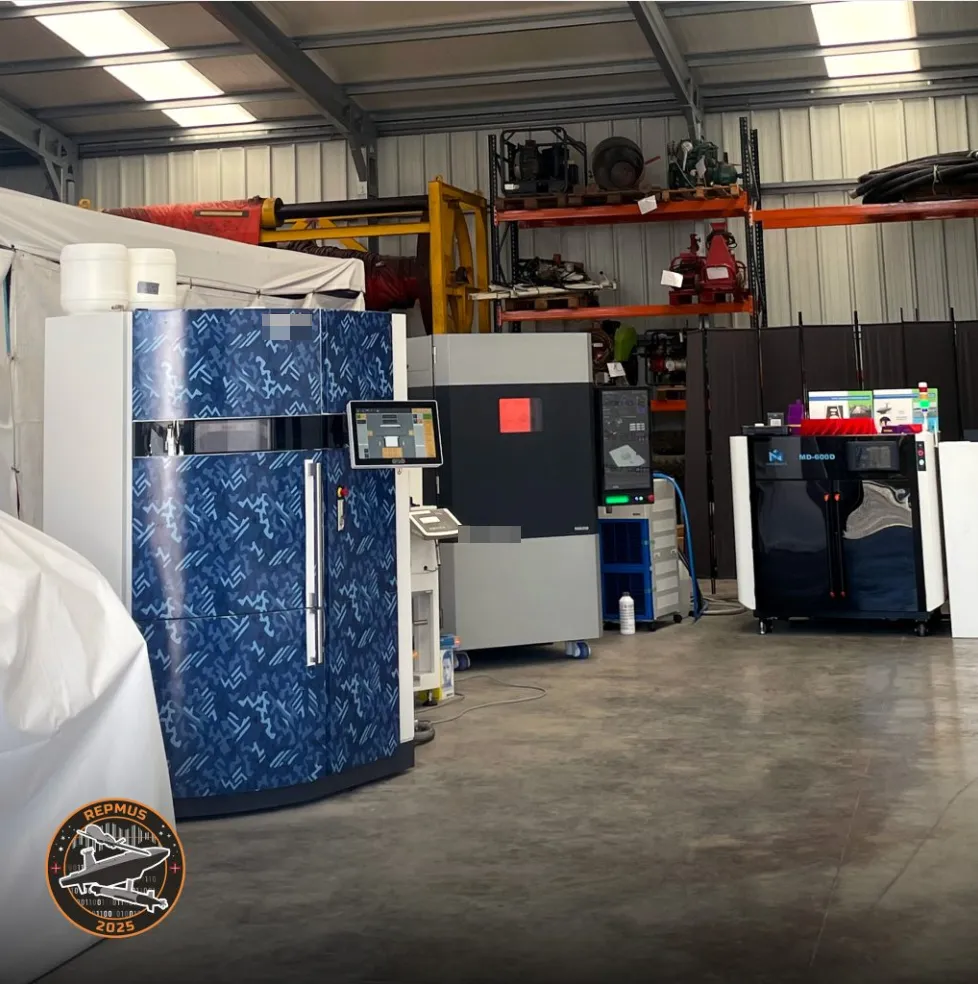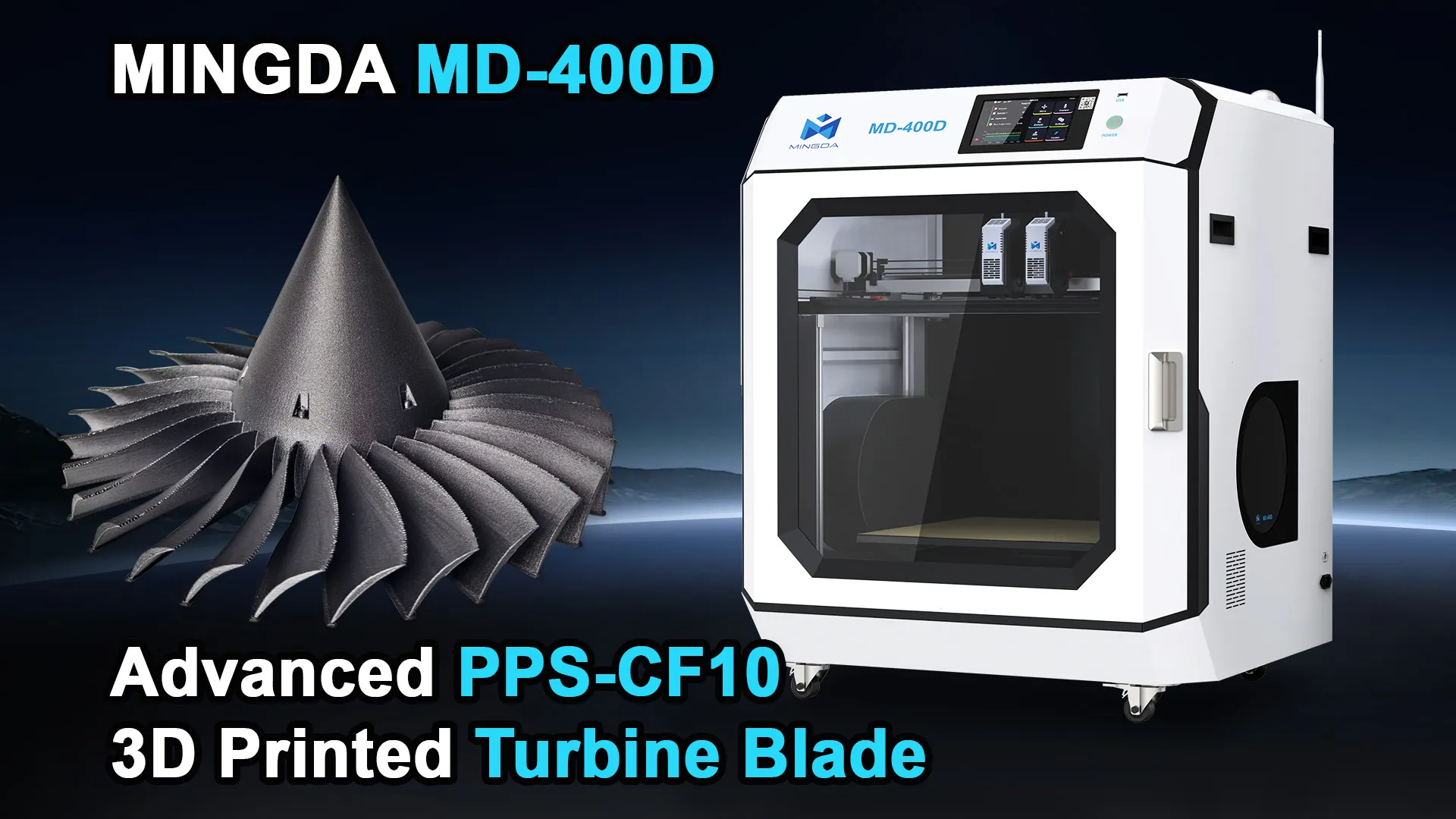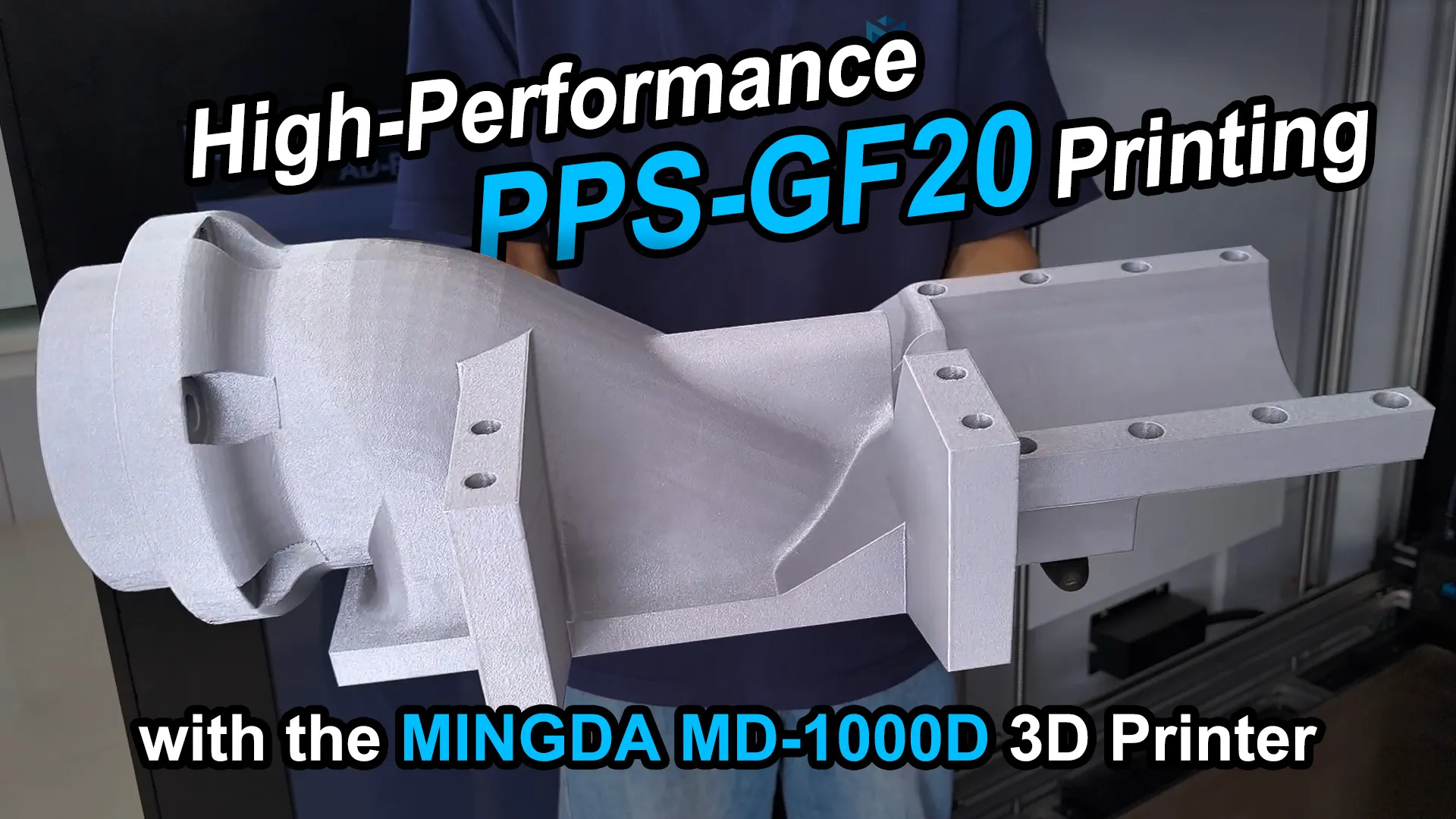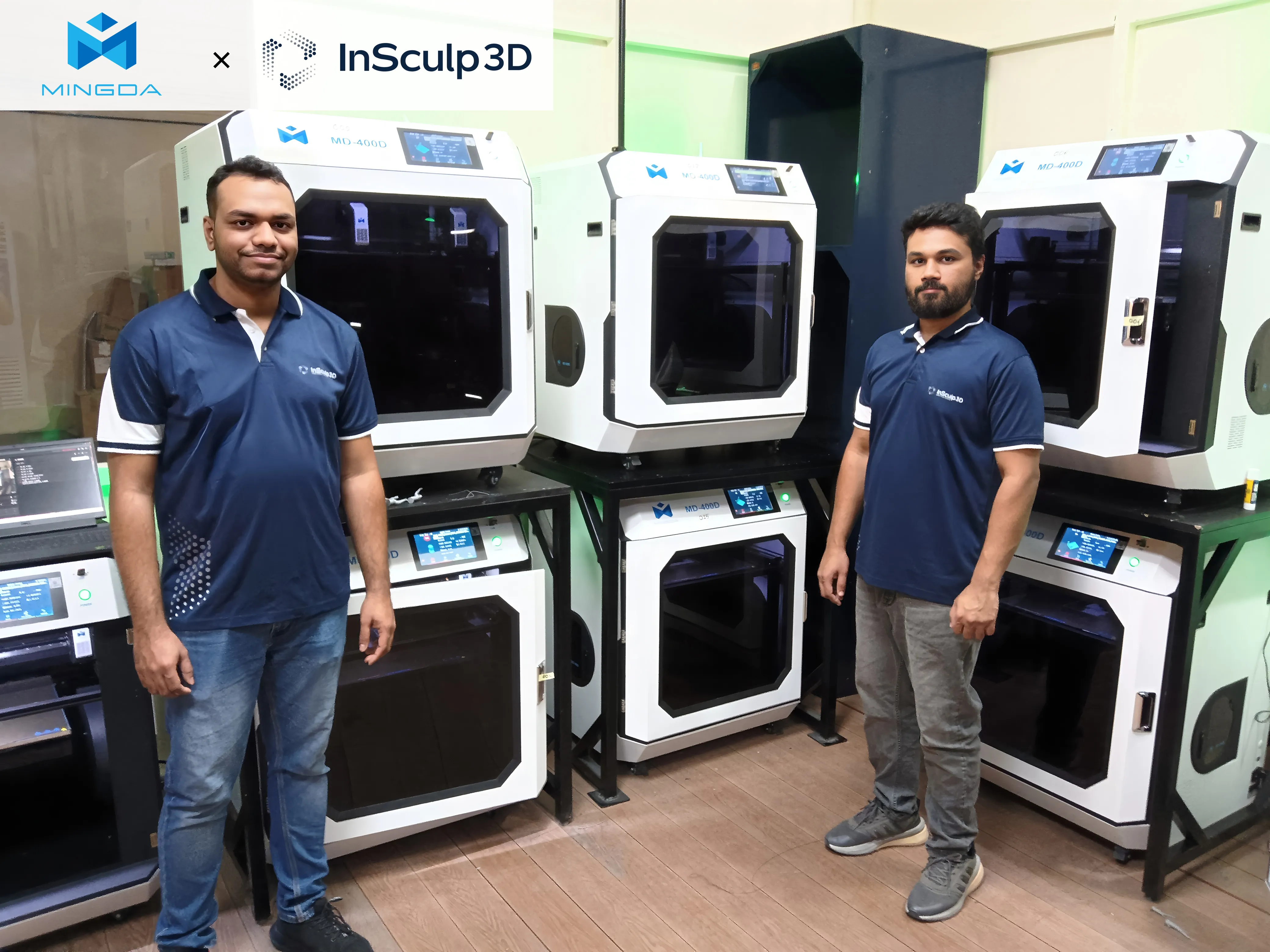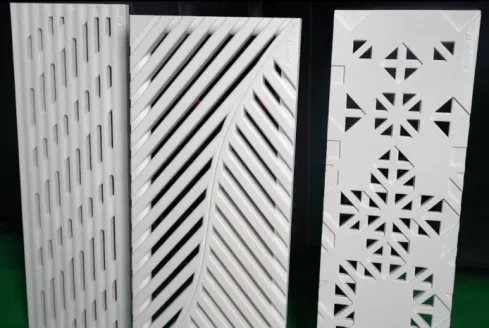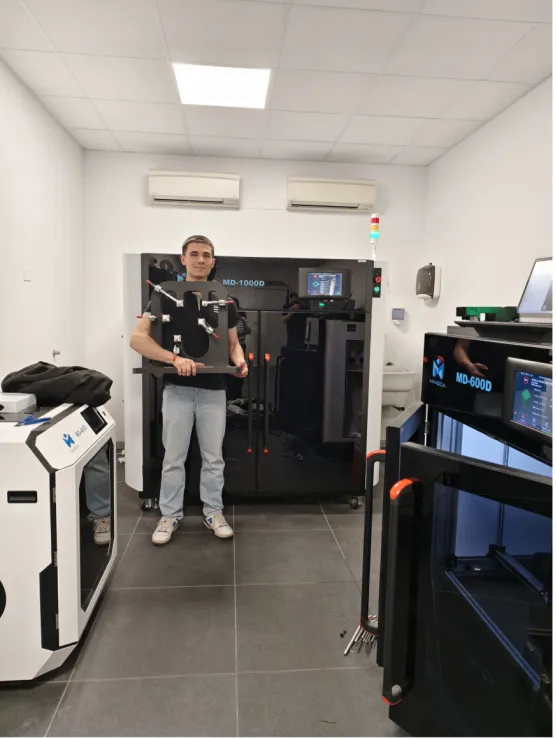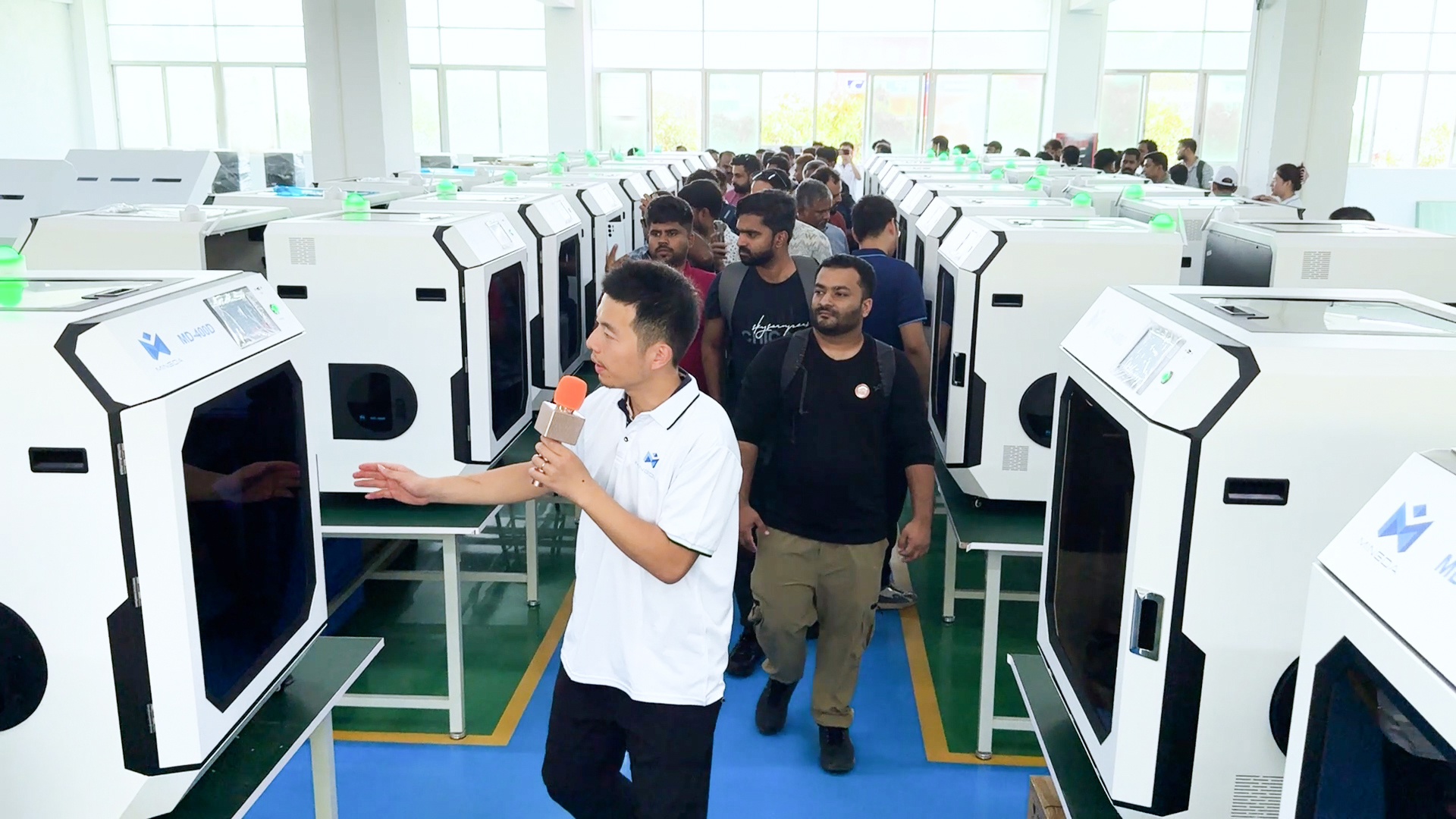How to bring the Racing Seat from Blueprints to Life Through 3D Printing?

Formula car seat enabled by large-format 3D printing showcases innovation potential for additive manufacturing in the automotive space.
3D printing, sometimes referred to as additive technology, has taken the automotive industry by a storm, and it’s obviously still advancing. When compared, other traditional manufacturing methods do not hold a torch to 3D printing, and that’s because of its ease of efficiency, and ability to build agile designs.
While the focus is often on engine power and exterior design when talking about cars, there is another automotive feature ripe for innovation. The car seat, which functions as the interface between driver and vehicle, is one of the most important elements of a car and must offer ergonomic support, safety features, and comfort.
When providing case analysis for clients, Mingda boldly attempted to use the MD-1000D to construct a seamlessly molded racing seat, achieving remarkable results. In the following section, we will share this success story.
How Does 3D Printing Work?
3D printing is an additive manufacturing process that builds three-dimensional objects layer by layer. This process begins with a digital model or computer-generated file, which the 3D printer uses to map out the precise shape of the object. Unlike traditional, or subtractive, manufacturing that removes material to create a shape, additive manufacturing only deposits material where needed. This method allows for the efficient use of raw materials, ultimately leading to reduced material waste. In the printing process, materials such as plastics, metals, or even bio-based substances are heated, extruded, or otherwise shaped to form each layer, which then bonds to the previous one. The process continues until the final object takes form, achieving complex geometries with minimal waste and energy usage.
Why Choose 3D Printing for Car Seats?
Car seats are among the most structurally complex and highly customizable components in vehicles. Traditional manufacturing methods face challenges like high costs, long lead times, and limited flexibility, while 3D printing offers an ideal solution.
About Filament
Through comprehensive material evaluation for the automotive seat 3D printing project, PET-CF (carbon fiber-reinforced polyethylene terephthalate) was identified and adopted as the primary feedstock material based on its superior performance characteristics.
1. Carbon fiber reinforcement: PET-CF contains 15% short carbon fibers, significantly improving stiffness (elastic modulus > 4.5 GPa) and tensile strength (> 80 MPa). It's lighter than traditional materials, compared to metal or pure plastic seats, PET-CF reduces weight while maintaining strength—ideal for vehicle light weighting.
2. Low Moisture Absorption and Chemical Resistance, it has stable performance in humid conditions, ideal for car interiors exposed to moisture. Also resistant to oils, acids, and alkalis, making it durable against automotive fluids (e.g., engine oil, coolant).
3. The PET-CF material exhibits excellent surface characteristics, producing a premium matte-textured finish directly from printing that eliminates the need for secondary coating processes. This as-printed surface quality not only reduces post-processing time but also maintains consistent aesthetic standards.
Configuration and Considerations for PET-CF
When slicing this model using Mingda's slicing software, the following parameter adjustments are required:
1. We use a 0.6mm hardened steel nozzle for this print, with a layer height set to 0.3mm. The reason for choosing a 0.6mm nozzle is that while print precision gradually decreases when increasing nozzle diameter from 0.4mm to 0.6mm and further to 0.8mm, it also decreases the possibility of clogging. The 0.6mm nozzle will be the suitable selection for the medium model.
2. Due to the carbon fiber content, PET-CF has lower flowability compared to PLA or PETG, making it unsuitable for high-speed printing. We set the print speed between 80-100 mm/s to ensure smooth extrusion and layer adhesion.
3. PET-CF is a high-temperature material, requiring a hotend temperature of 250-280°C—higher than standard filaments. The cooling fan should be turned off, as excessive cooling can cause rapid solidification, weakening interlayer bonding strength.
Conclusion:
Traditionally, large-scale models could only be produced by printing multiple components and assembling them through splicing—a process that introduced seams, weak joints, and post-processing challenges like adhesive bonding. However, the MD-1000D's massive build volume simplifies workflows by enabling seamless, single-piece printing, eliminating structural vulnerabilities and labor-intensive assembly.
When paired with PET-CF material, the model's strength is elevated to a new level, transforming it from a mere prototype into a functional, end-use part capable of real-world applications.














